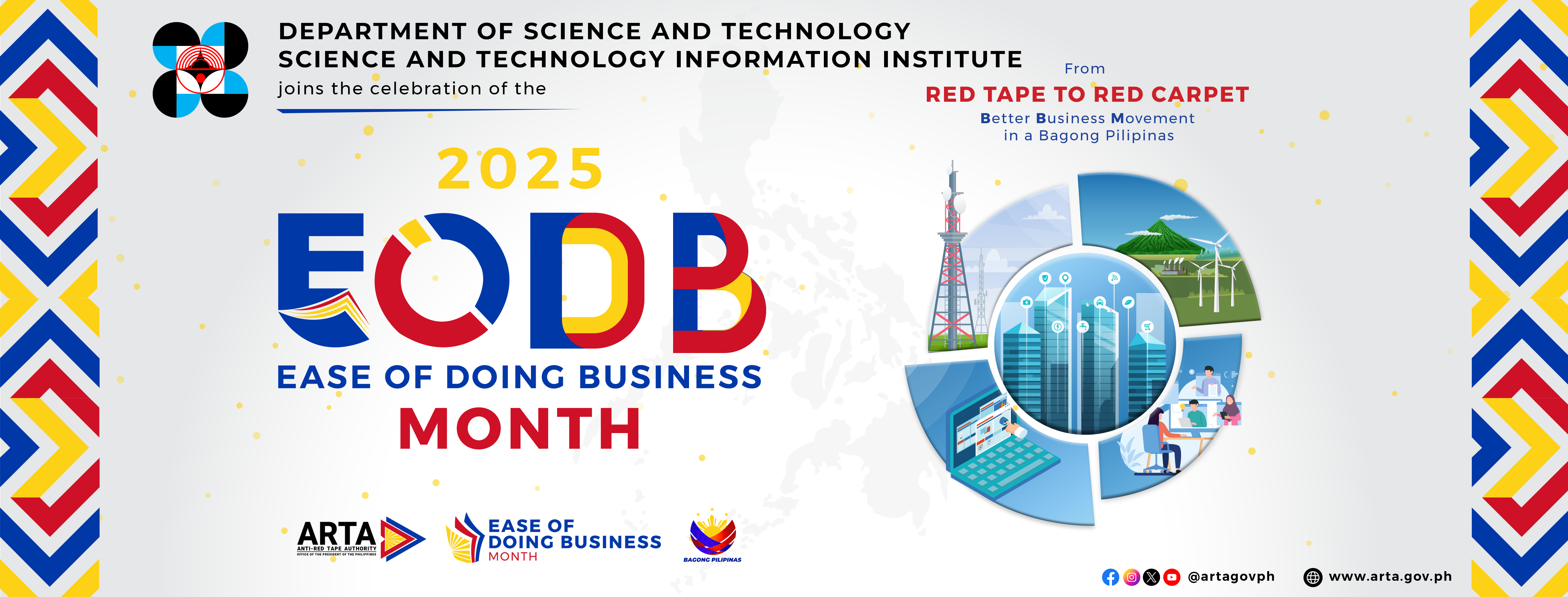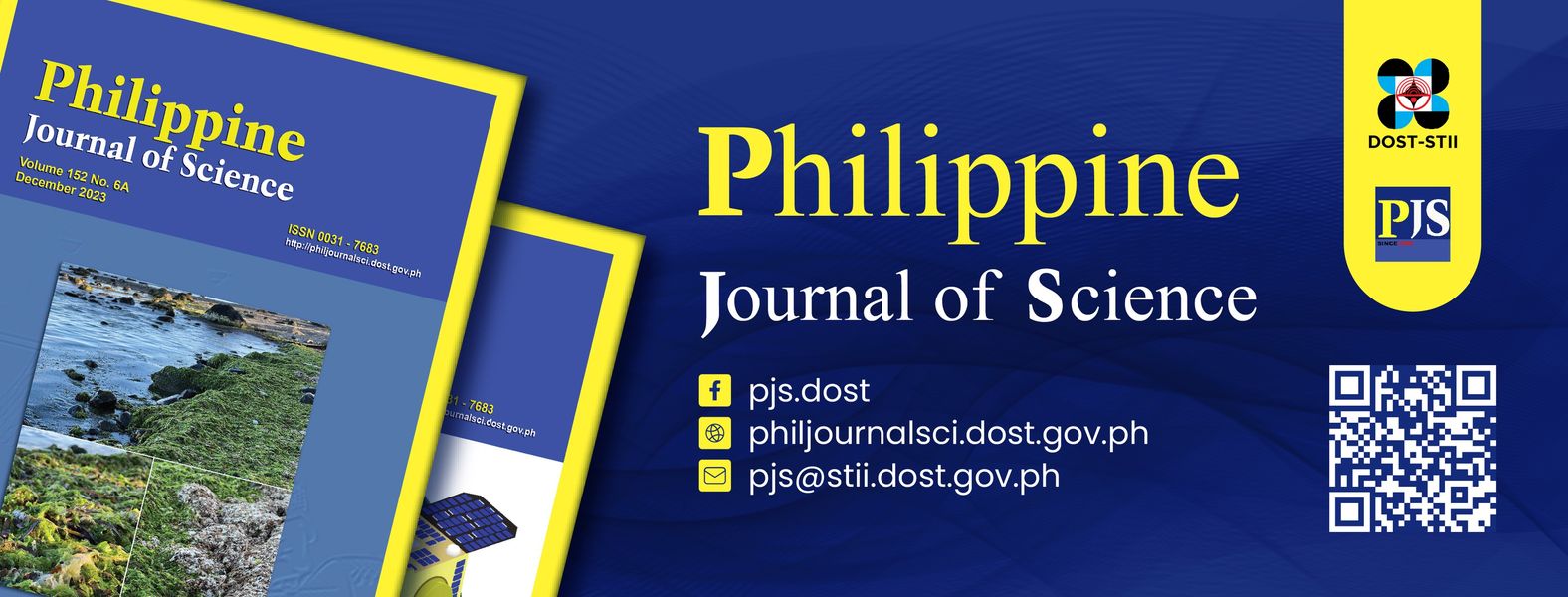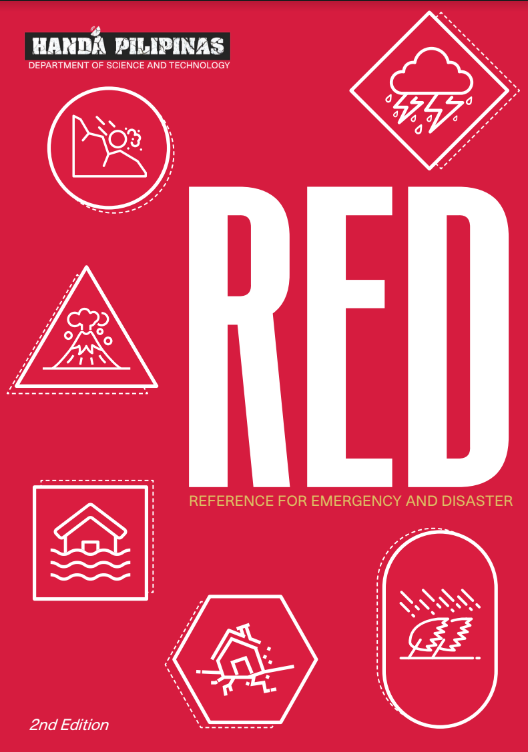
Dr. Kelvin S. Rodolfo, corresponding member of the DOST-National Academy of Science and Technology, discusses how Philippine science produced by Filipino scientists can aid in the enhancement of reclamation policies in the country.
The Philippines has its own Environmental Impact System and policies for reclamation projects in place but Dr. Kelvin S. Rodolfo, corresponding member of the National Academy of Science and Technology (NAST), believes that these can be better implemented if the government will tap local scientists. NAST is an attached agency of the Department of Science and Technology (DOST).
In a NAST-organized policy discussion held recently at Hotel Jen in Pasay City, Dr. Rodolfo proposed that rather than employing foreign consultants in feasibility assessments of reclamation projects in the country, Filipino scientists should instead be prioritized especially for projects ran by the government. He lamented that though Philippine science is done well by Filipino scientists, they are “ignored and foreign consultants are instead used.”
According to Dr. Rodolfo, the current practice is that feasibility assessments offered by international non-profit organizations such as the Japan International cooperation Agency (JICA) are used because they are free. Rodolfo pointed out that there are already a number of local scientific researches that assessed the viability of reclamation in various areas of the country.
Dr. Ely Anthony Ouano, former director of the Environmental Management Bureau who also delivered a lecture on the Environmental Impact Assessment and its Use in Decision Making, said in an open forum that foreign-aided government projects are lawfully open for bidding to foreign consultants. And since organizations like JICA are offering free services, they are the ones who are usually chosen for feasibility assessments.
However, there are instances when projects are declared feasible despite the hazards and risks identified by separate studies done by Filipino experts.
Architect Felino “Jun” A. Palafox, Jr. of Palafox Architecture Group, Inc. related his experience during the conception of the 1976-1977 Metro Manila Plan (MMETROPLAN), a comprehensive urban plan for the country’s capital. In his discussion on the advantages and disadvantages of reclamation, he mentioned that one of his recommendations regarding the Manila Bay area was that “No further developments shall be done beyond what was already reclaimed in 1976 until comprehensive detailed planning socio- economic, financial, engineering studies, etc. are done in the wider urban context of Manila Metropolitan region.”
Academician Fernando Siringan explained in his introductory discussion that two factors should be considered in planning for reclamation, namely relative sea level rise and coastal erosion. Both phenomena, according to Dr. Rodolfo, are affecting the Manila Bay area negatively. This means that the sea level is continuously rising and the soil along the shore are further subsiding, making the area a hazardous site for reclamation. Additionally, the Manila Bay shore has a soft slope that makes the area more vulnerable to storm surges.
Nevertheless, 40 years since Arch. Palafox’s 1976 MMETROPLAN recommendation, a number of reclamation projects had already been completed along the Manila Bay.
Arch. Palafox, however, recognized that reclamation can in fact be beneficial to the Philippines. “A properly planned, designed, engineered, and implemented reclamation area can do the country a lot of good if done properly in the right place, at the right time, at the right land-use, type, and density, and correct comprehensive planning and development,” he said.
The challenge then, according to Dr. Rodolfo, is for the government to recognize the studies made by Filipino scientists so that the country can avoid facing catastrophes caused by the improper implementation of reclamation.

Dr. Kelvin S. Rodolfo, corresponding member of the DOST-National Academy of Science and Technology, discusses how Philippine science produced by Filipino scientists can aid in the enhancement of reclamation policies in the country.
(S&T Media Service)


















 21 in 2021 Technology Catalogue
21 in 2021 Technology Catalogue 21 in 2021 Technology Catalogue
21 in 2021 Technology Catalogue DOST Innovations - Web and Mobile Applications for Disaster Risk Reduction and Management
DOST Innovations - Web and Mobile Applications for Disaster Risk Reduction and Management